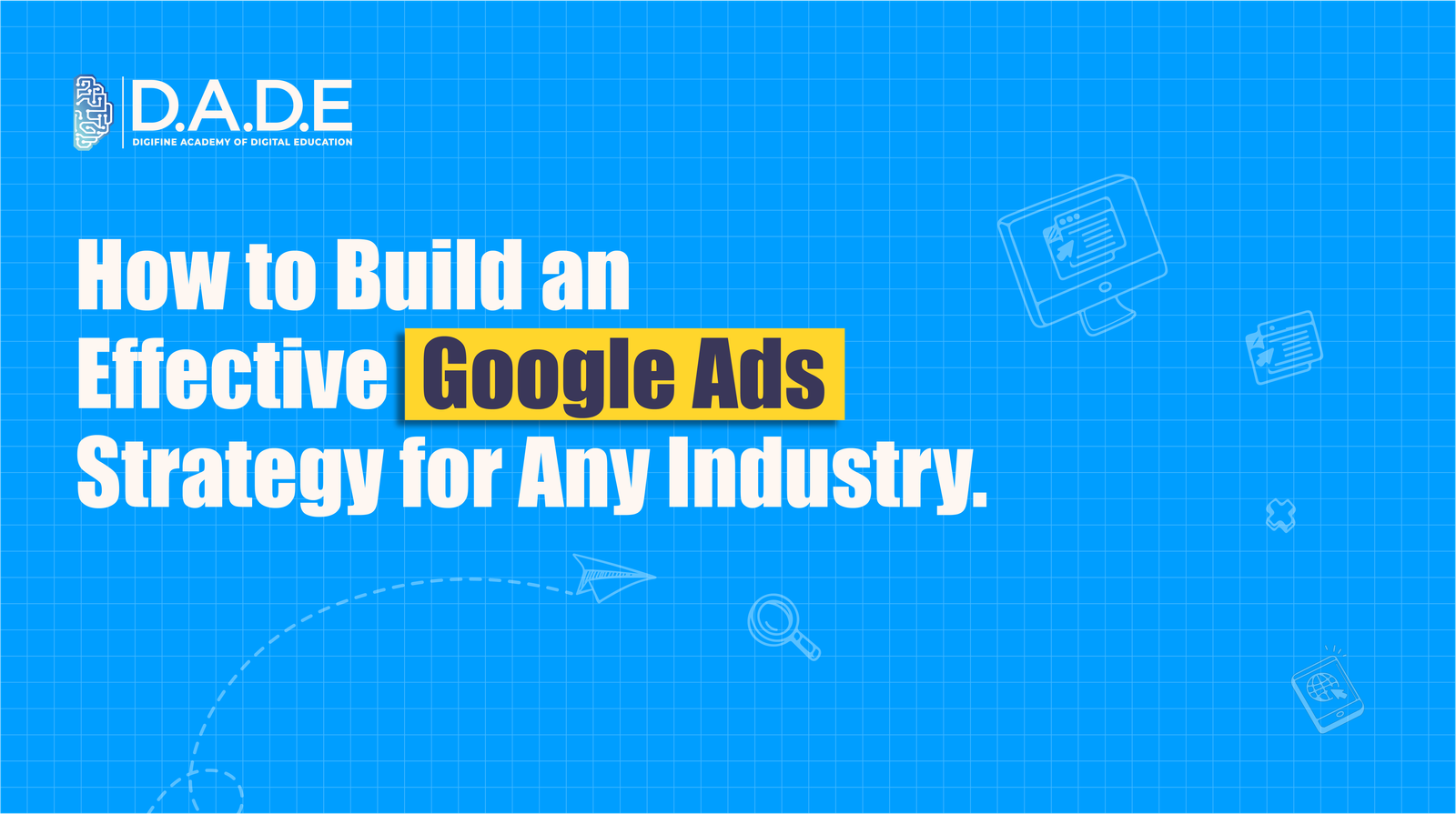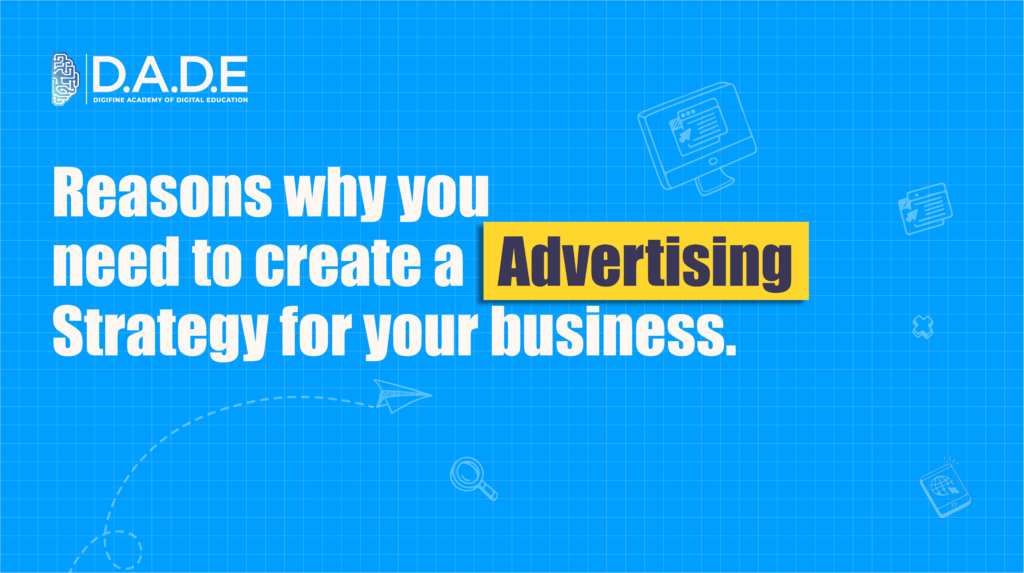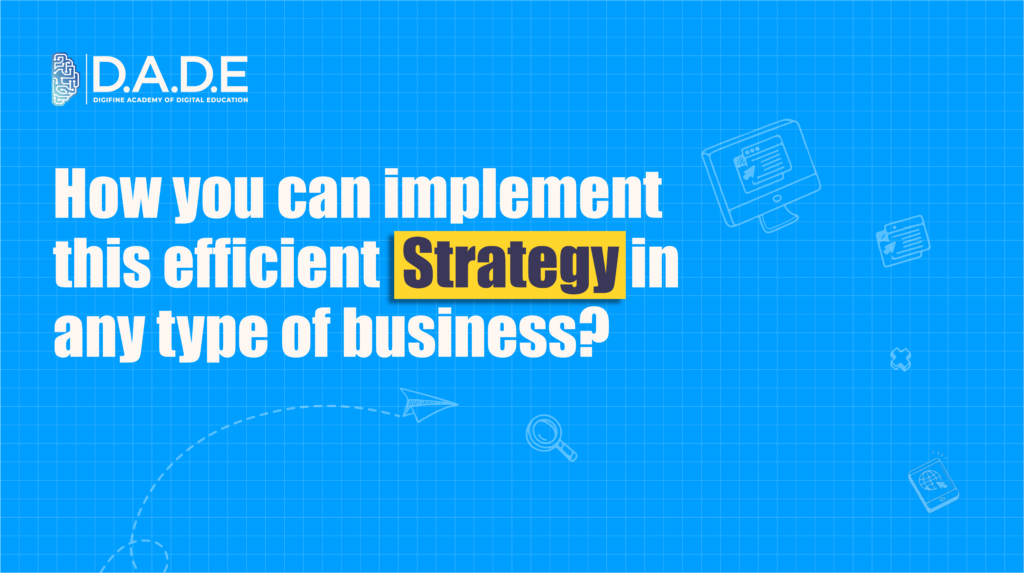
Google Ads, owned and operated by Google, is an online advertising platform used widely by all types of businesses worldwide. In today’s digital age, just uploading and paying for ads to reach your audience and get a high return on investment isn’t enough. Today, digital advertising is a necessity for every business; no matter what your product or service is, you need to create a social media or digital presence to reach your target audience locally, nationally, and globally. From this blog we will learn how to plan a perfect google ads strategy.
Now, there are multiple types of ads that Google Ads offers; here, organizations need to choose the ad that suits their business needs, but is that enough? No. In order to create and maintain a strong brand presence, you need to learn how to build an effective Google Ads strategy, correctly utilizing Google Ads.
Setting up Google Ads without having enough knowledge will lead to wasted money, time, and ads. If you do not consider all the important factors regarding Google Ads, your online advertising will fail.
Why blindly setting up ads doesn’t work –
- Lack of Planning – If you are not clear on your organization’s goals and outcomes, then you will not be able to set ads according to your industry standards. Poor quality ads will fail to catch anyone’s attention in this fast-paced world, unable to communicate your business’s message to the viewers.
- Poor Keyword Research – Google Ads thrives on keywords using organic search/SEO. If you don’t inculcate generic or specific keywords surrounding your business, field, product, or service that people are most likely to search on the internet, then your ads will not reach your intended audience.
- Inactive Ad Campaigns – Consistency is the key to every digital platform; if you are not actively uploading your ads, then your ad campaigns will stop displaying.

The importance of a strategy tailored to industry, goal, and audience –
- Precise Targeting – Creating a personalized strategy for your industry-specific needs assures that your ads reach your intended audience and align with your organization’s goals.
- Ad Adaptability – Having a strategy for your business helps organizations be aware and accordingly adapt to the new emerging market trends in their field. This allows organizations to keep their ad campaigns efficient throughout.
- Cost Effectiveness – If organizations tailor their strategies while covering all the essential factors, their ads will result in higher ROI and be a successful and cost-effective ad campaign with no wasted budget.
In this blog, we will discuss several strategies as well as quote real-world examples with successful ad campaigns that you can implement in your ad strategy and get efficient results. Before we dive into a proper step-by-step framework on how to build your strategy, let’s learn the main types of Google Ads –
- Search Ads – Search ads are text-based ads created by including relevant keywords and phrases that people are most likely to search for the said product or service. Search ads are the most basic but efficient ad type to drive traffic to your website.
- Display Ads – Display ads use visual elements like graphics, images, and videos to showcase ads across the Google Display Network. As suggested by a study, humans tend to remember images more than plain text; hence, display ads have a great success rate.
- Shopping Ads – Shopping ads show product details directly in search results or the shopping tab. This enables users to directly click on the product link, leading them to the business’s website or application.
- YouTube Ads – YouTube Ads, as the name suggests, utilizes the YouTube app to display video ads in between videos. These ads can be skippable or non-skippable depending on the organization.
- App Ads – App Ads allows organizations to promote apps across Google networks like Google Search, YouTube, Play Store, etc.
Other types of Google ads include Discovery Ads, Local Ads, Smart Ads, and Performance Max Ads.
Step-by-Step Framework to Build Your Own Strategy
- Define your business goals – What exactly is your organization’s goal? What do you want to communicate and to whom? What is the best outcome that you’re expecting through this ad or ad campaign? Clearly defining your goals and the exact audience that you want to reach is the first step in creating a personalized ad strategy. For example, a dental chain in India known as the Clove Dental wanted to attract customers from local areas to widespread their organization, starting from local and becoming a prominent dental service in the country. Clove Dental used Search ads but in a hyper-local manner by inculcating keywords like “root canal in (city name)”and “dentist near me”. These generic phrases with locally specific keywords like the city’s name quickly attracted an audience who require dental care in the said areas.
- Specify your target audience – Once you are clear with your goals, the next step is to specify your target audience, aligning it with your business’s products or services. This includes the location, age, gender, interests, needs and wants, and other small details of your audience. For example, Cult.Fit is a brand offering gym services; here, their audience can include gym enthusiasts, young people, and people wanting to lose weight. After specifying their audience, Cult.Fit opted for YouTube Ads to display videos of real-life transformations of people who lost weight, built a great body, and more. They also offered free trials and challenged people to do certain exercises and gym challenges, creating a boost in gym subscriptions.
- Choose the right Ad/Ad Campaign – According to your business goal and target audience, organizations need to choose the right ad type. For example, Bewakoof is a youth-centric fashion brand that used Performance Max campaigns to reach young audiences across Google’s complete inventory, comprising Search, YouTube, Display, and Shopping. Along with this, Bewakoof also inculcated time-sensitive offers like “Buy 2, Get 1 free” pushing people to make impulse purchases to claim such offers.
- Choose the relevant keywords – To rank your webpages by organic Google search, keywords are the main aspect to be included in ads. For example, India’s top B2B company, Zoho CRM, used Search ads by including relevant keywords like “affordable CRM software” along with display ads targeting the audience based on their job roles and business categories.
- Create meaningful Ads – With the myriad of advertisements available across multiple platforms, it is advisable to create ads that hold meaning in order to connect emotionally to your audiences. The UpGrad company, known for offering online courses, used YouTube Ads to display videos showcasing students’ success stories, creating an emotional bond with the intended audience, along with search ads using keywords like “online MBA” and “data science course in India”.

How to Apply This to Any Industry
- Identify your business type – Identify your business type to tailor strategies accordingly, some types of businesses are E-commerce, B2B, B2C, small business, local business, etc. Once you identify your business type, it becomes easier to learn your business-specific market and position your business properly.
- Define Funnel Stage – Google Ads provides the funnel stage feature that represents three main stages of the Funnel – Awareness (Top of the Funnel), Consideration (Middle of the Funnel), and Conversion (Bottom of the Funnel). Awareness (TOFU) is the initial stage of a business, which includes creating awareness that your business exists. Consideration (MOFU) is the second stage of a business’s growth. In this scenario, people are aware of the business and are searching and exploring the business. The last stage is Conversion (MOFU), where people are ready to buy products and services of the said brand. Defining the funnel stage of your brand is essential as it helps prepare strategies, ads, and other plans suitable for that specific stage.
- Map Campaign Type + Audience Type – Choose your campaign type and audience type, considering all the essential factors like business type, keywords, funnel stage, audience demographics, etc. For example, if your business is offering affordable educational courses, then using ads like search ads by including generic and specific keywords to drive traffic through SEO. An e-commerce business selling skincare and makeup can opt for display ads or YouTube ads by creating eye-catching videos and motion graphics to attract the intended audience.
In conclusion, aligning your goals and expectations with Google Ads and creating strategies tailored to your business, organization, or field, and accordingly optimizing all the available tools and features in Google Ads can greatly elevate your business’s market in today’s fast-paced world.
